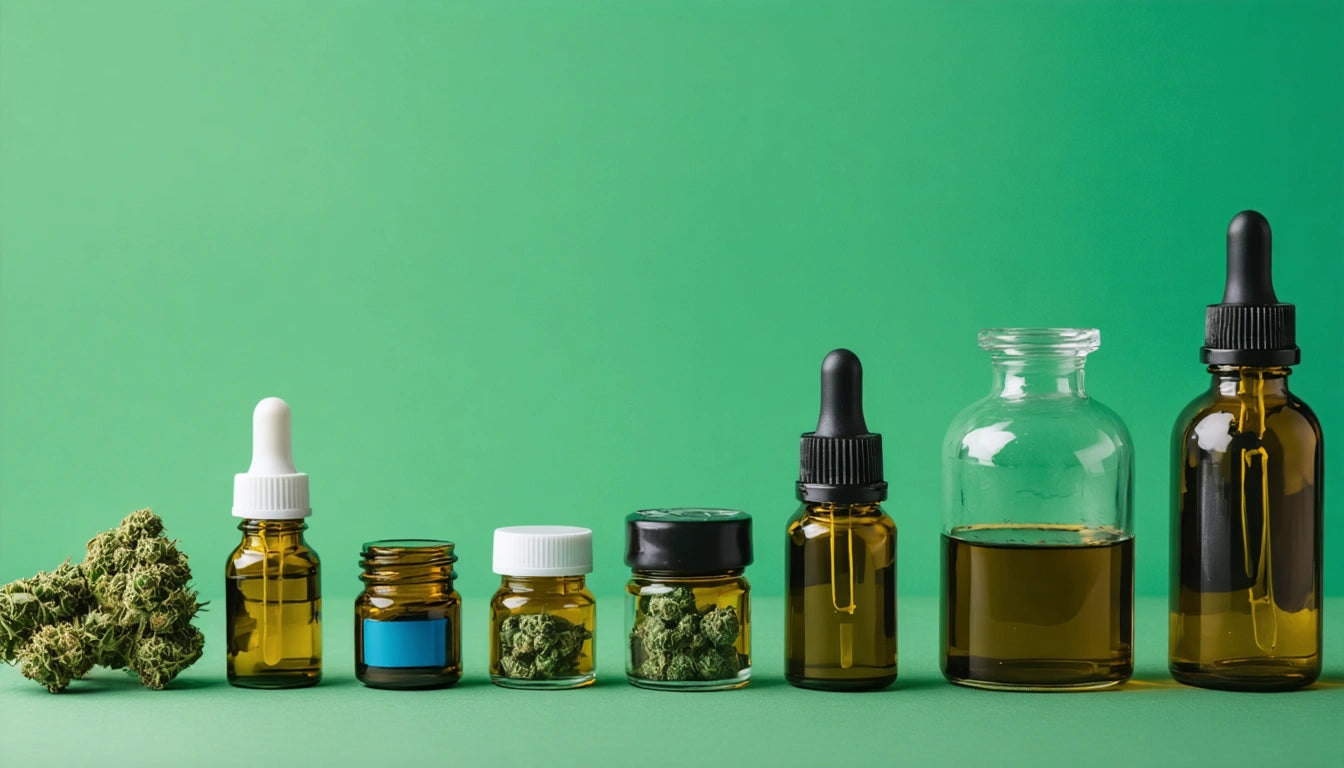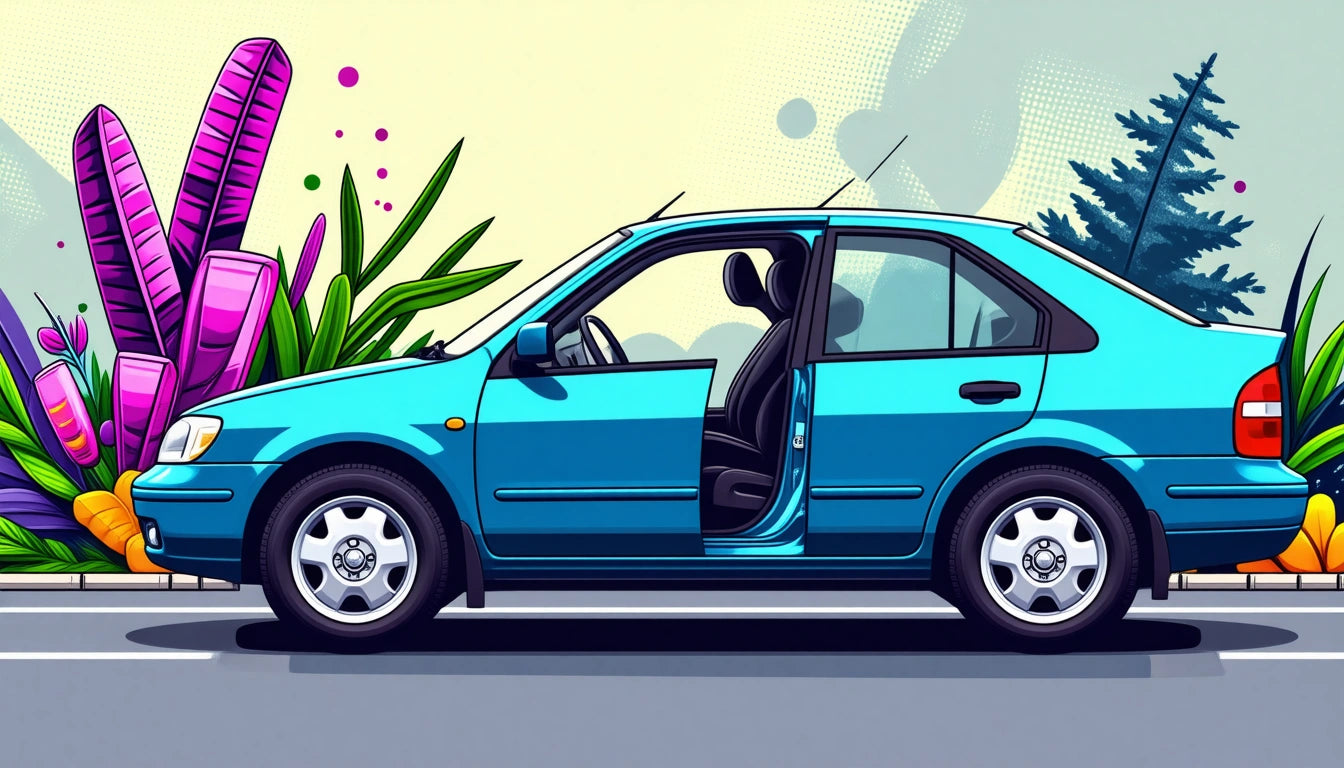Table of Contents
Cannabis packaging design requires strategic differentiation between medical and recreational markets. While both sectors must prioritize compliance, they serve distinct consumer needs, expectations, and purchasing motivations. Understanding these differences helps brands develop packaging that resonates with their target audience while maintaining regulatory standards.
Regulatory Foundations: Different Rules for Different Markets
Medical cannabis packaging typically faces stricter regulatory requirements than recreational products. These regulations often mandate additional information disclosure, specific warning language, and tamper-evident features. Medical packaging must prioritize patient information, dosing instructions, and clinical data.
Recreational packaging, while still heavily regulated, often has more flexibility for brand expression. However, as noted in this guide on balancing compliance and creativity, designers must carefully navigate the tension between regulatory requirements and engaging design.
Key Regulatory Differences
- Medical packaging typically requires more detailed cannabinoid profiles
- Recreational markets often have additional marketing restrictions
- Child-resistant requirements may vary between sectors
- Medical packaging may require space for patient information labels
Visual Design Elements: Clinical vs. Lifestyle Approaches
The visual language for medical cannabis typically employs a clinical, pharmaceutical aesthetic. Clean layouts, minimal color palettes, and structured information hierarchies communicate reliability and professionalism. Typography choices for medical products often favor readability and clarity over stylistic expression, as explored in this analysis of typography in cannabis packaging.
Recreational packaging embraces more expressive design elements. Brand storytelling, vibrant colors, and lifestyle imagery help products stand out in competitive retail environments. Many brands utilize customizable packaging options for standard quantities like eighth-ounce flower products to maximize shelf impact while maintaining compliance.
Functional Considerations: Accessibility and User Experience
Medical cannabis packaging must prioritize accessibility features that recreational products might consider secondary. Senior-friendly opening mechanisms, high-contrast labeling, and braille elements address the needs of patients with varying abilities. As discussed in this resource on accessible packaging design, inclusive design serves both compliance and customer satisfaction.
For recreational products, packaging functionality often emphasizes freshness preservation, discretion, and convenience. Resealable features, odor control, and portability address the lifestyle needs of recreational consumers.
Material Selection Differences
Material choices also diverge between markets. Medical packaging frequently utilizes pharmaceutical-grade materials that communicate clinical quality. Recreational brands have more latitude to explore sustainable materials, premium finishes, and tactile elements that enhance brand perception, as detailed in this examination of texture and finish in cannabis packaging.
Branding Strategy: Trust vs. Experience
Medical cannabis branding emphasizes trust signals: certifications, clinical testing, consistent dosing, and pharmaceutical references. The design language often borrows from healthcare and wellness sectors, using symbols and visual cues that communicate reliability and efficacy.
Recreational branding focuses more on experience promises: effects, flavor profiles, lifestyle alignment, and cultural connections. These products often employ strategic color psychology to communicate product attributes and brand positioning.
The question of minimalist versus maximalist design approaches also plays out differently across these markets. Medical products tend toward minimalism for clarity, while recreational products may embrace more expressive, detailed design depending on their target demographic.
Market Evolution: Bridging the Medical-Recreational Divide
As cannabis markets mature, the distinct boundaries between medical and recreational packaging are softening. Hybrid approaches are emerging that maintain clinical credibility while incorporating lifestyle elements. This evolution reflects growing consumer sophistication and the normalization of cannabis across various use cases.
Forward-thinking brands are developing unified design systems that can flex between medical and recreational applications while maintaining brand cohesion. These systems, often built on comprehensive style guides, allow for contextual adaptation while preserving brand recognition.
The future of cannabis packaging design likely involves more nuanced consumer segmentation beyond the simple medical/recreational binary. Brands that understand the specific needs, motivations, and preferences of their target consumers will develop more relevant packaging solutions that resonate regardless of regulatory classification.











Leave a comment
All comments are moderated before being published.
This site is protected by hCaptcha and the hCaptcha Privacy Policy and Terms of Service apply.